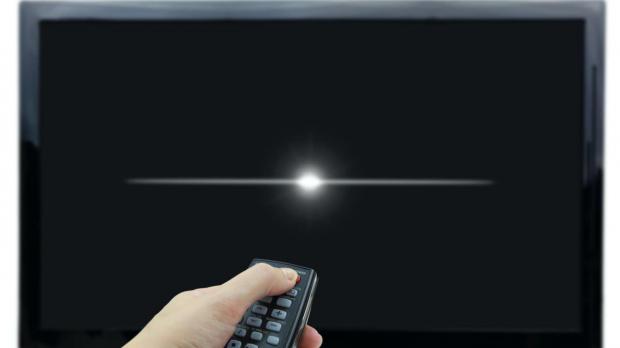
Breaking News
 Tell General Mills To Reject GMO Wheat!
Tell General Mills To Reject GMO Wheat!
 Climate Scientists declare the climate "emergency" is over
Climate Scientists declare the climate "emergency" is over
 Trump's Cabinet is Officially Complete - Meet the Team Ready to Make America Great Again
Trump's Cabinet is Officially Complete - Meet the Team Ready to Make America Great Again
 Former Polish Minister: At Least Half of US Aid Was Laundered by Ukrainians...
Former Polish Minister: At Least Half of US Aid Was Laundered by Ukrainians...
Top Tech News
 Forget Houston. This Space Balloon Will Launch You to the Edge of the Cosmos From a Floating...
Forget Houston. This Space Balloon Will Launch You to the Edge of the Cosmos From a Floating...
 SpaceX and NASA show off how Starship will help astronauts land on the moon (images)
SpaceX and NASA show off how Starship will help astronauts land on the moon (images)
 How aged cells in one organ can cause a cascade of organ failure
How aged cells in one organ can cause a cascade of organ failure
 World's most advanced hypergravity facility is now open for business
World's most advanced hypergravity facility is now open for business
 New Low-Carbon Concrete Outperforms Today's Highway Material While Cutting Costs in Minnesota
New Low-Carbon Concrete Outperforms Today's Highway Material While Cutting Costs in Minnesota
 Spinning fusion fuel for efficiency and Burn Tritium Ten Times More Efficiently
Spinning fusion fuel for efficiency and Burn Tritium Ten Times More Efficiently
 Rocket plane makes first civil supersonic flight since Concorde
Rocket plane makes first civil supersonic flight since Concorde
 Muscle-powered mechanism desalinates up to 8 liters of seawater per hour
Muscle-powered mechanism desalinates up to 8 liters of seawater per hour
 Student-built rocket breaks space altitude record as it hits hypersonic speeds
Student-built rocket breaks space altitude record as it hits hypersonic speeds
 Researchers discover revolutionary material that could shatter limits of traditional solar panels
Researchers discover revolutionary material that could shatter limits of traditional solar panels
Young Americans Are Turning Off The TV

And while people still spend a lot of time watching live and timeshifted TV on average, Statista's Felix Richter notes that's largely due to heavy TV usage by Americans aged 65 and above, who watch roughly 10 times as much traditional TV as young adults do.
According to Nielsen, Americans aged 18 to 34 watch less than five hours of live and timeshifted TV per week.
At the other end of the scale, those aged 65 and older watch more than 40 hours on average.
Making this worse for the TV industry, there's a growing share of young adults who don't watch TV at all, as they get all they need from digital sources.
According to Statista Consumer Insights, 50 percent of 18 to 24-year-olds in the U.S. say that they don't watch any traditional TV, compared to just 29 percent of 55 to 64-year-olds.
That share would likely be even lower for those aged 65 and older, but they have not been surveyed in this case.



